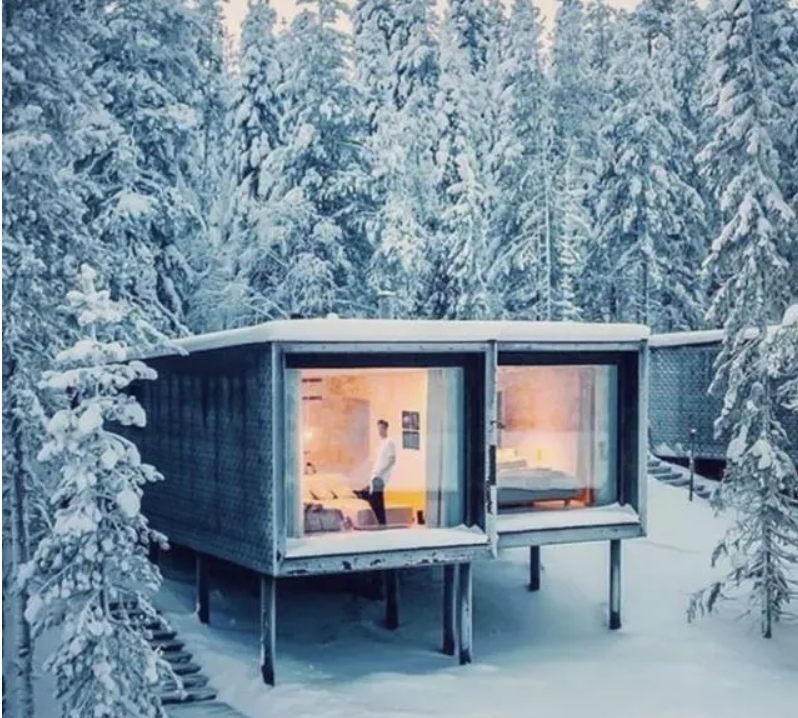Moblie: 8613816755915
Thermal insulation design for shipping container homes
As the demand for shipping container homes continues to grow, people’s requirements for shipping container homes are getting higher and higher. With the enthusiasm for energy conservation and environmental protection in buildings, how to ensure the insulation capabilities of shipping container homes is a technical threshold that container house manufacturers cannot bypass.
Enclosure thermal insulation design goals and standards
Indoor thermal comfort is a subjective feeling that people are satisfied with the indoor thermal environment. The factors that affect indoor thermal comfort mainly include multiple indoor objective factors such as indoor temperature, indoor humidity, air flow velocity, and ambient heat radiation. Environmental heat radiation is composed of solar radiation that may enter the room and radiative heat exchange between the human body and the surrounding environment interface such as house walls, floors, and roofs. Indoor air temperature is the main factor affecting indoor thermal comfort.
Improving the heat preservation and insulation performance of the enclosure structure and the heat preservation and airtightness of the doors and windows can effectively improve the indoor thermal environment of the container house.
Enclosure insulation design requirements
Insulation form
When designing the thermal insulation of the container house envelope, the local climate conditions, structural characteristics of the container house, multimodal transport conditions and economic requirements should be considered, and the form of insulation (that is, whether to use external insulation or internal insulation) should be considered. Calculate the total thermal resistance and determine the insulation structure and thickness. For areas with hot summers and cold winters, it is necessary to consider both the insulation of the building envelope and the insulation of the building envelope in winter. Due to the lifting, stacking, bolting and other requirements in the multimodal transport process, as well as the limitations of port and yard operating conditions and land and sea transportation environment, the container house enclosure structure usually adopts the form of internal insulation.
Insulation material
Use high-efficiency thermal insulation materials with small thermal conductivity coefficients as much as possible to reduce the thickness of the insulation layer and increase the indoor usable area. Thermal insulation materials can be divided into three categories according to materials: inorganic thermal insulation materials, organic thermal insulation materials and metal thermal insulation materials; The performance of thermal insulation materials depends on the thermal conductivity of the material, the smaller the coefficient of thermal conductivity, the better its thermal insulation performance. The thermal conductivity of thermal insulation materials is related to its composition, apparent density, internal structure, and the average temperature of heat transfer and the moisture content of the material. The most commonly used thermal insulation materials in the building envelope are rigid polyurethane foam, rock wool boards, glass wool, and so on.
Fire performance
Insulation system fire performance of the relevant literature shows that, for low-rise residential (3 layers or less), the national norms of the building components of the fire-resistant limit requirements are 0.5 ~ 1.0h. In the container room enclosure structure of the internal heat preservation design, the use of non-combustible or combustion-refractory materials, such as mineral wool panels (felts), glass wool panels, etc., the combustion level should be above B2 level.
Health and environmental protection
Thermal insulation materials should not be used to produce pollution of the indoor environment of environmentally friendly materials, that is, does not contain radioactive, carcinogenic and other substances that pollute the indoor environment. According to the requirements of each country for environmental protection, shipping container homes manufacturers should carry out environmental protection tests on specific materials.
Thermal insulation design for shipping container homes is very important and container house manufacturers need to be considered at the outset of construction and be as economical as possible.

